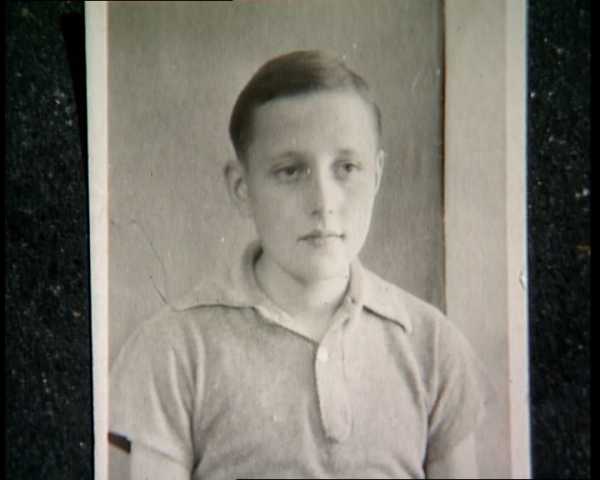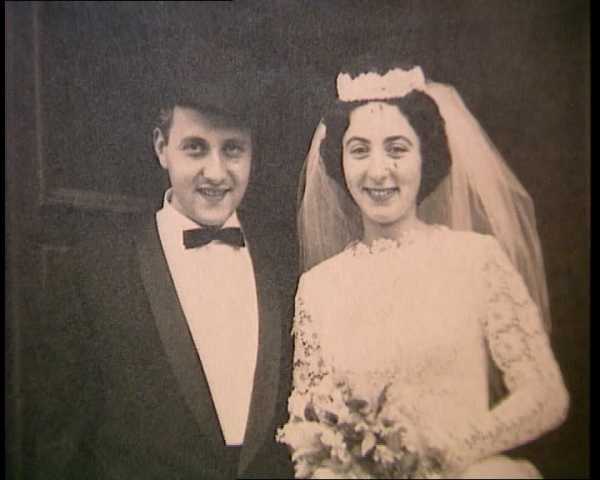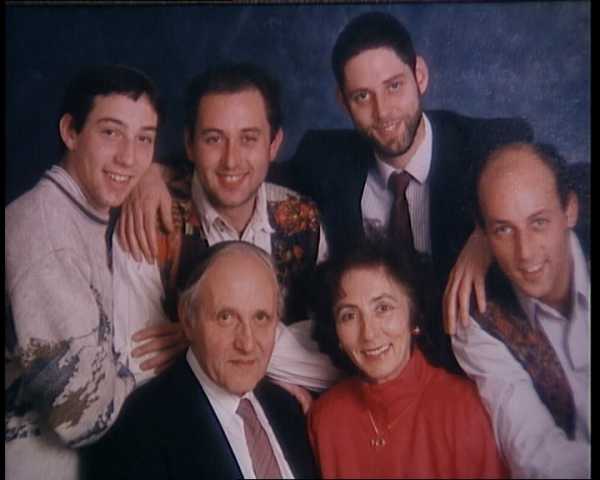We remember Holocaust survivor Manfred Goldberg, 95
Manfred Goldberg was born on April 21, 1930, in Kassel, Germany, to Rosa and Baruch Goldberg. He had a younger brother. Raised by Orthodox Jews, Manfred attended a Jewish primary school. His father was a textile merchant, and the family lived comfortably. However, after gentiles were restricted from doing business with Jews, Manfred's father's business fell apart. Manfred's father unsuccessfully tried to get visas to leave Germany. He was deported to Poland in 1939. After he illegally returned to Germany, Manfred's mother obtained a visa that allowed him to flee to England.
The war broke out before Manfred, his mother, and brother were able to leave Germany. They lived in Kassel until December 1941, when they were deported to the Riga ghetto in Latvia. While Manfred's mother was forced to work, he and his brother attended informal classes in the ghetto. He became a bar mitzvah at this time. The family remained in the Riga ghetto until August 1943, when they were deported to the Precu concentration camp in Latvia. Thirteen-year-old Manfred was forced to work on the railways in Precu.
Not long after their transfer, Manfred and his mother returned from a day of forced labor to find that his younger brother had disappeared. He most likely perished in the Riga ghetto. In August 1944 Manfred and his mother were transferred to the Stutthof concentration camp in Danzig and were sent to separate living quarters. A few weeks later, they were transferred to the Stolp concentration camp in Germany. Manfred again worked on railways.
In March 1945 he and his mother were transferred to the Burggraben labor camp in Germany and soon sent back to Stutthof. Two weeks later Manfred and his mother were marched to a port, herded onto barges, and taken out to sea. They remained on the barges for nearly a week; people were tossed overboard on a daily basis.
When the German guards left them alone for a day, many of the prisoners, including Manfred and his mother, managed to swim to shore. The Germans returned to the barge that evening and executed the remaining prisoners. Those who had come ashore were rounded up and marched to a military base in Neustadt in Holstein. Allied troops arrived and liberated the prisoners as they were being marched back to the barges several hours later.

Manfred and his mother contracted typhoid fever soon after their liberation. While recovering, Manfred learned that he also had tuberculosis. Several months later, he and his mother moved into a convalescent home in Lenste. They contacted Manfred's father in England but were unable to join him until September 1946.

Manfred met and married his wife, Shary, in 1961, shortly after his mother died. The couple had four sons and three grandchildren at the time of Manfred's testimony, in 1997.

The Institute again had the honor to work with Manfred a few decades later. In association with the Holocaust Educational Trust in London, UK, we recorded his interactive biography in 2021. His interview is now secured as a part of the Holocaust Educational Trust’s Testimony 360 program.